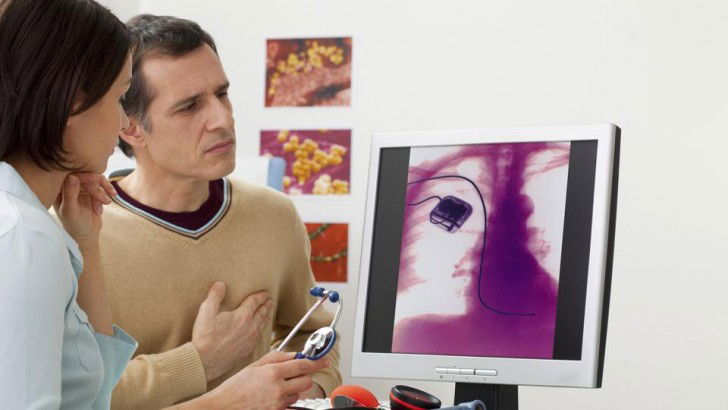Health
Researchers develop battery-less pacemaker

New York, June 6; Researchers have developed a wireless, battery-less pacemaker that can be implanted directly into a patient's heart.
The pacemaker harvests energy wirelessly from radio frequency radiation transmitted by an external battery pack.
In the prototype presented at the IEEE's International Microwave Symposium (IMS), being held in Honolulu, Hawaii, from June 4 to 9, the wireless power transmitter can be up to few centimetres away.
The pacemaker was introduced by researchers at Rice University in the US and their colleagues at the Texas Heart Institute (THI).
Pacemakers use electrical signals to prompt the heart to keep a steady beat, but they've traditionally not been implanted directly into a patient's heart.
Instead, they are located away from the heart, where surgeons can periodically replace their onboard batteries with minor surgery; their electrical signals are transmitted to the heart via wires called "leads".
Some of the common problems with this arrangement are complications related to the leads, including bleeding and infection.
The prototype wireless pacemaker reduces these risks by doing away with leads, said Aydin Babakhani, Associate Professor at Rice University in Houston, Texas.
Other recently introduced lead-less pacemakers also mitigate some of these complications, but their form factors limit them to a single heart chamber and they are unable to provide dual-chamber or biventricular pacing, he said.
In contrast, battery-less, lead-less and wirelessly powered microchips can be implanted directly to pace multiple points inside or outside the heart, Babakhani said.
"This technology brings into sharp focus the remarkable possibility of achieving the 'Triple Crown' of treatment of both the most common and most lethal cardiac arrhythmias: external powering, wireless pacing and -- far and away most importantly -- cardiac defibrillation that is not only painless but is actually imperceptible to the patient," said THI's Mehdi Razavi, who is also an Assistant Professor at Baylor College of Medicine in Houston.



































